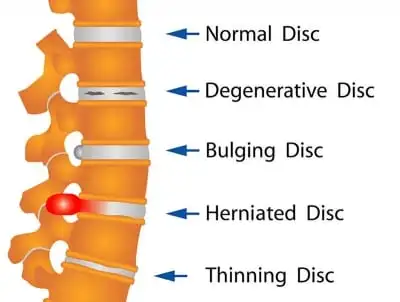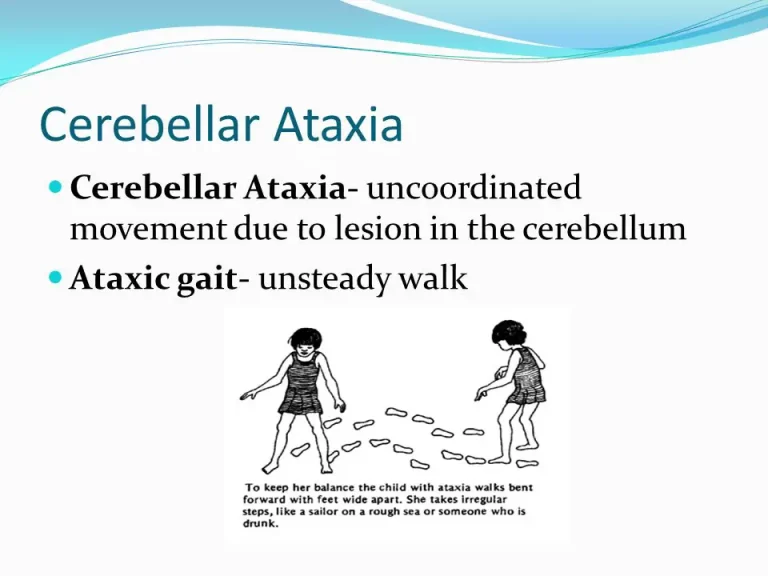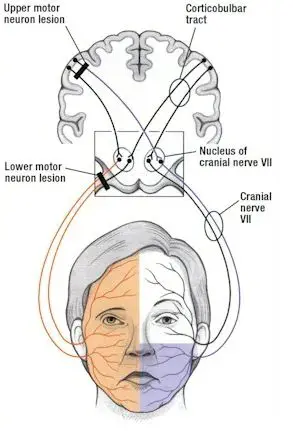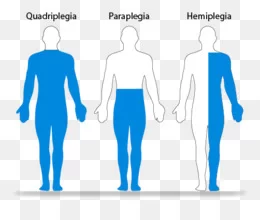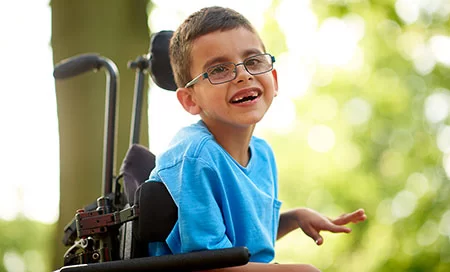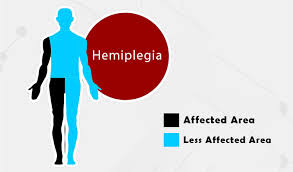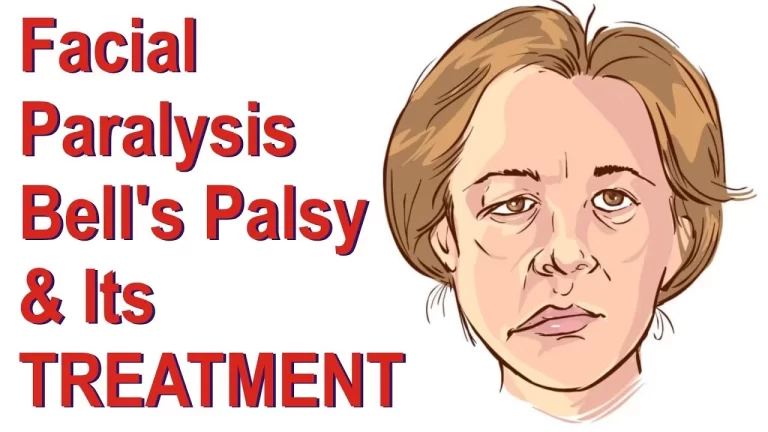RADIAL NERVE INJURY(PARALYSIS)
RADIAL NERVE INJURY(PARALYSIS) Introduction of Radial Nerve Injury Anatomy Radial Nerve MOTOR BRANCHES OF THE RADIAL NERVE: Pathogenesis Causes Classification of Radial Nerve Palsy Symptoms of Radial Nerve Injury Treatment of Radial Nerve Injury Physiotherapy Treatment of Radial Nerve Injury POSTOPERATIVE REHABILITATION: Prevention FAQs


